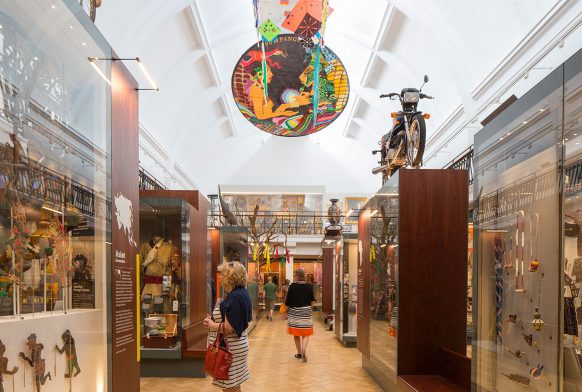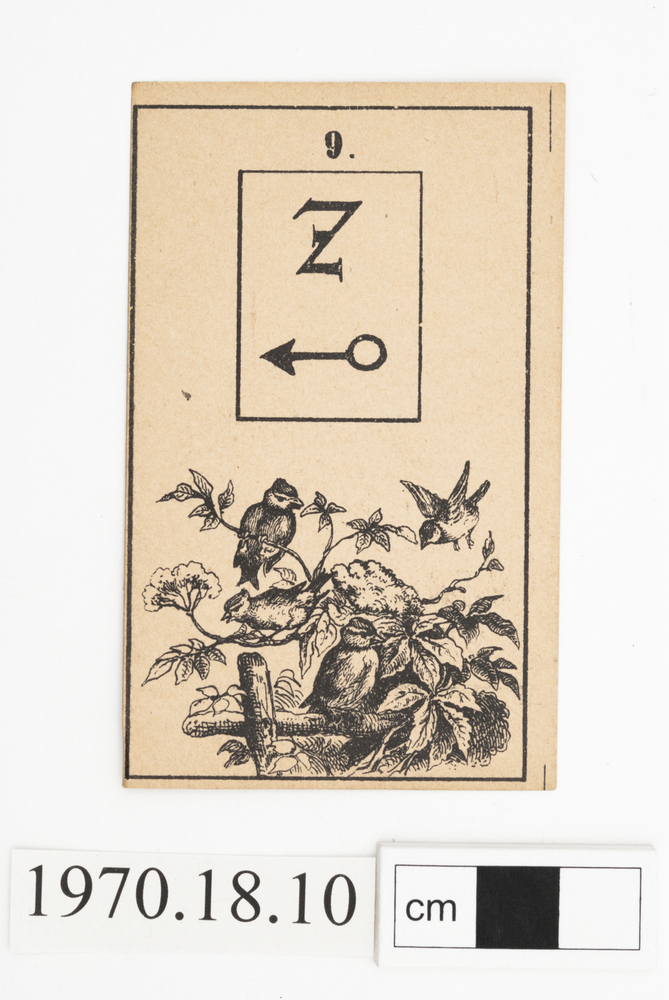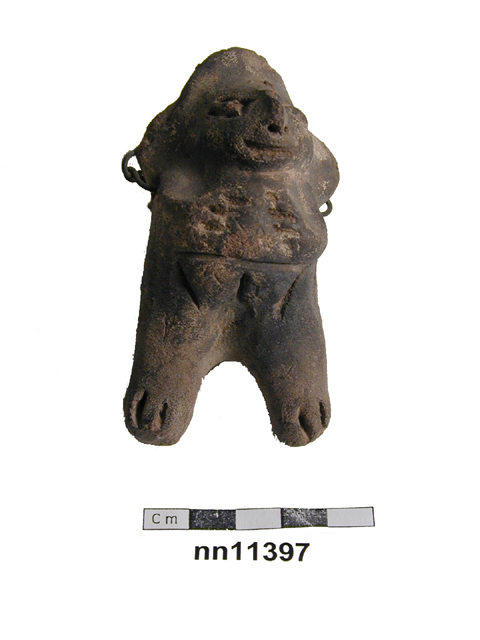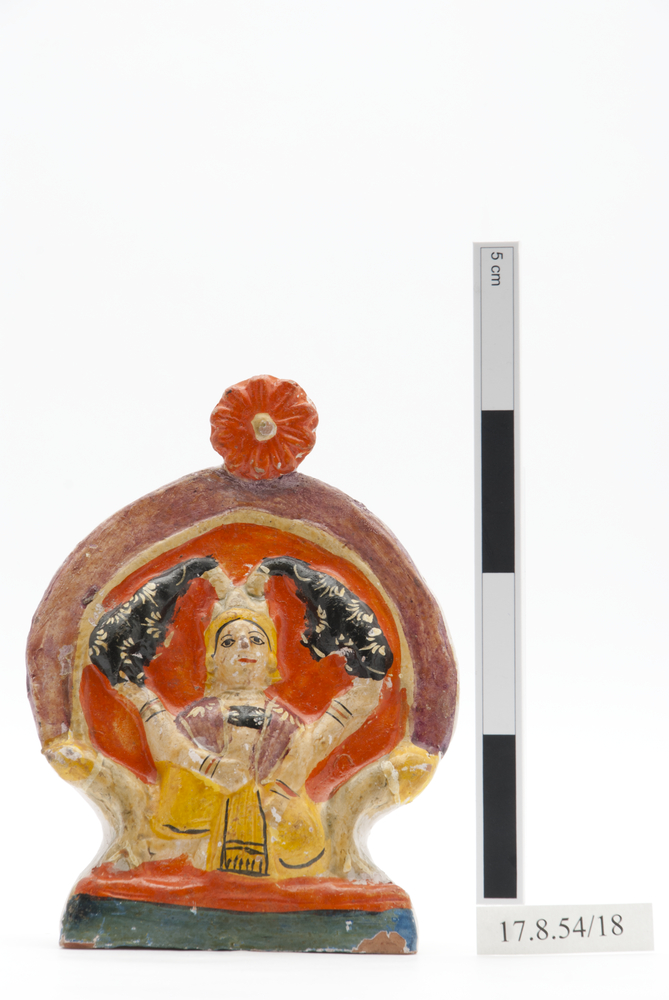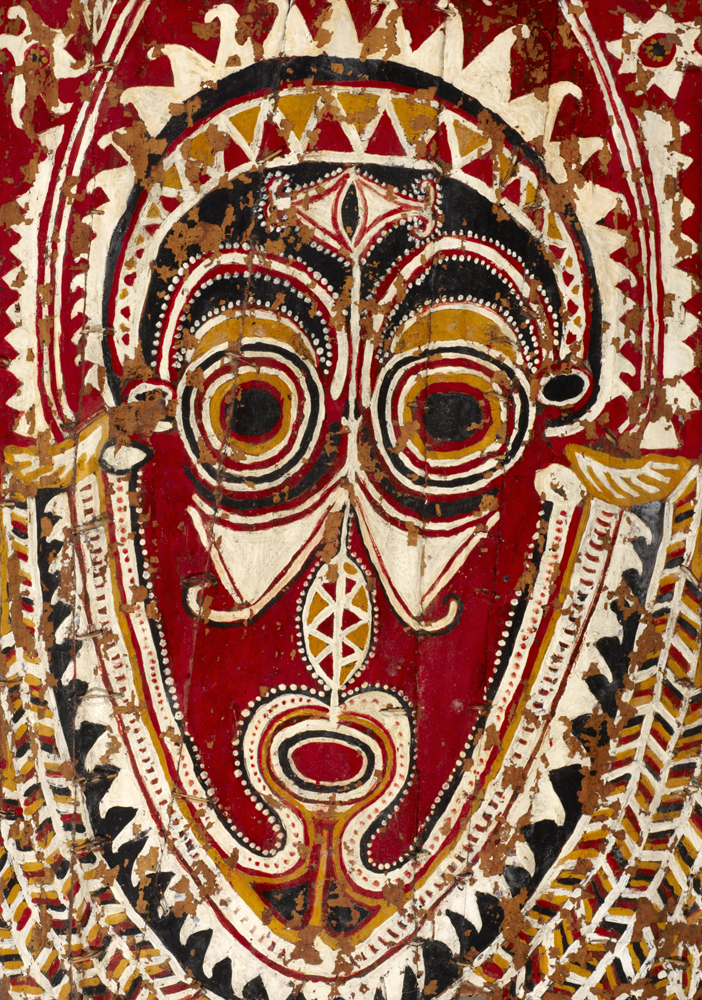
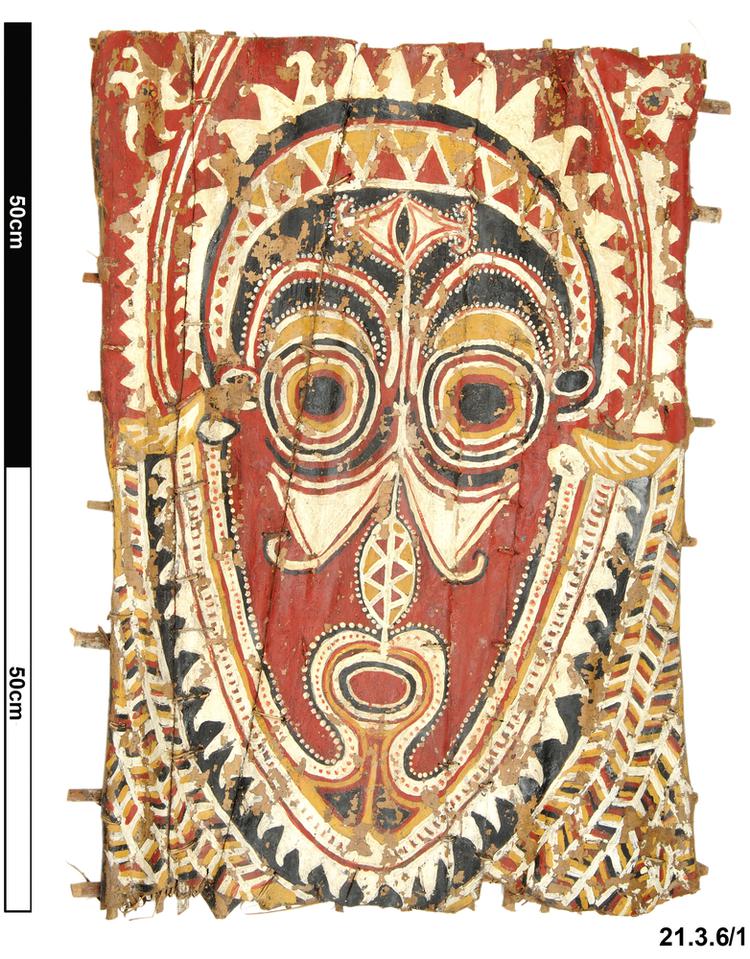
Gable end panel from a ‘haus tambaran’. The panel is of bark mounted on a rectilinear grid framework, and is painted in four colours: black, white, red, and yellow. The depiction is of an anthropomorphic face and the subject is Nggwalndu, the ancestral deity of the Abelam people. In the haus tambaran, boys undergo initiation and meet Nggwalndu. This image depicts his presence to the women and initiated children who are forbidden to enter the initiation house.
Painted Panel from a Haus Tambaran, Abelam People, Middle Sepik River, Papua New Guinea. Like their neighbours the Arapesh, Iatmul, Kwoma and Wam, the Abelam practice the major Middle Sepik cultural institution of the haus tambaran. This remarkable event involves the erection of a huge house with an elaborately decorated façade. The events of the tambaran are sacred and secret to the Abelam men, and revolve around the initiation of boys into manhood. The principal spiritual figure of the Abelam, Nggwalndu is depicted alongside other important ancestral beings on painted bark panels such as this, which fill the high façade of the haus. Forbidden to the sight of women and uninitiated boys, Nggwalndu occupies the haus throughout the duration of the tambaran, and terrifies all around with unnatural whirring and moaning noises all night long. At the climax of the ceremony, each boy must enter the haus and face Nggwalndu to become a man. Bark, pigment. Collected in 1962 for the Horniman Museum by Professor Anthony Forge during his second period of fieldwork among the Abelam, whilst a lecturer at the London School of Economics.



